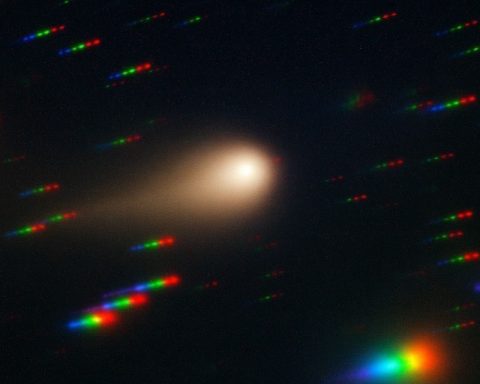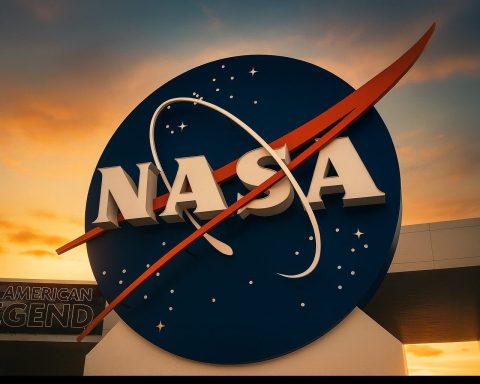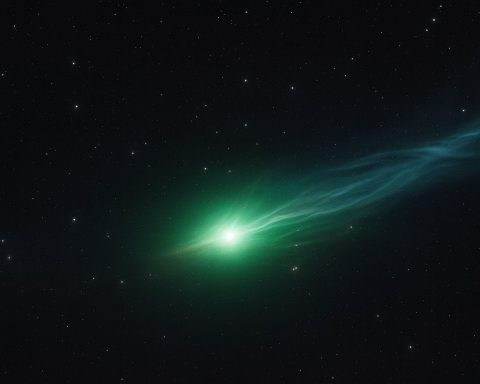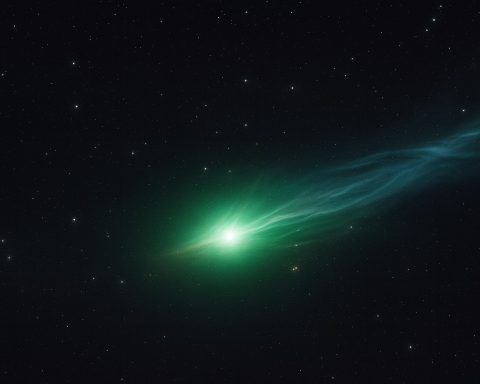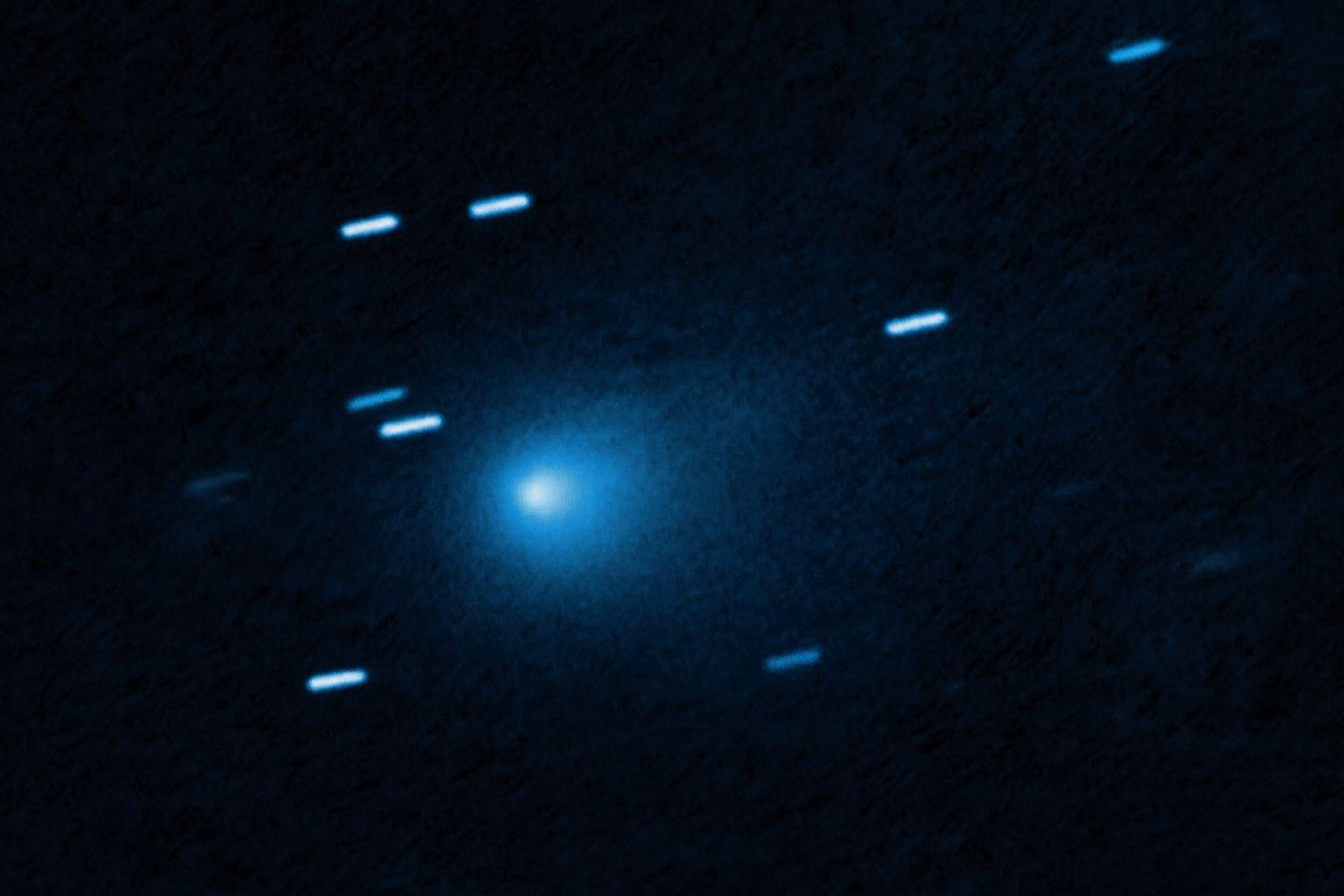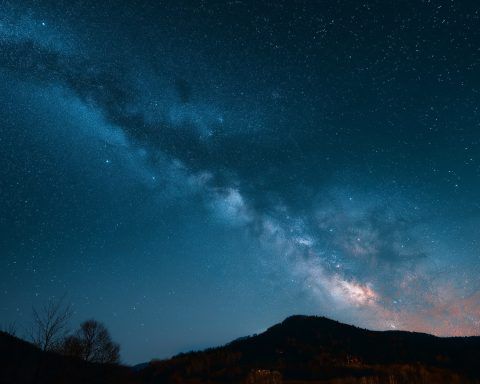
Night Sky December 2025: Geminid Meteor Shower Peak Tonight, Interstellar Comet 3I/ATLAS, and the Best Stargazing Dates
Updated: December 14, 2025 December’s night sky is delivering exactly what skywatchers hope for: long hours of darkness, bright planets, and two headline-grabbing celestial events arriving back-to-back. First, the Geminid meteor shower—often called the year’s most reliable “shooting star” show—peaks across
